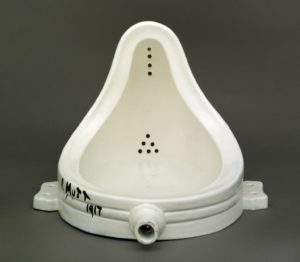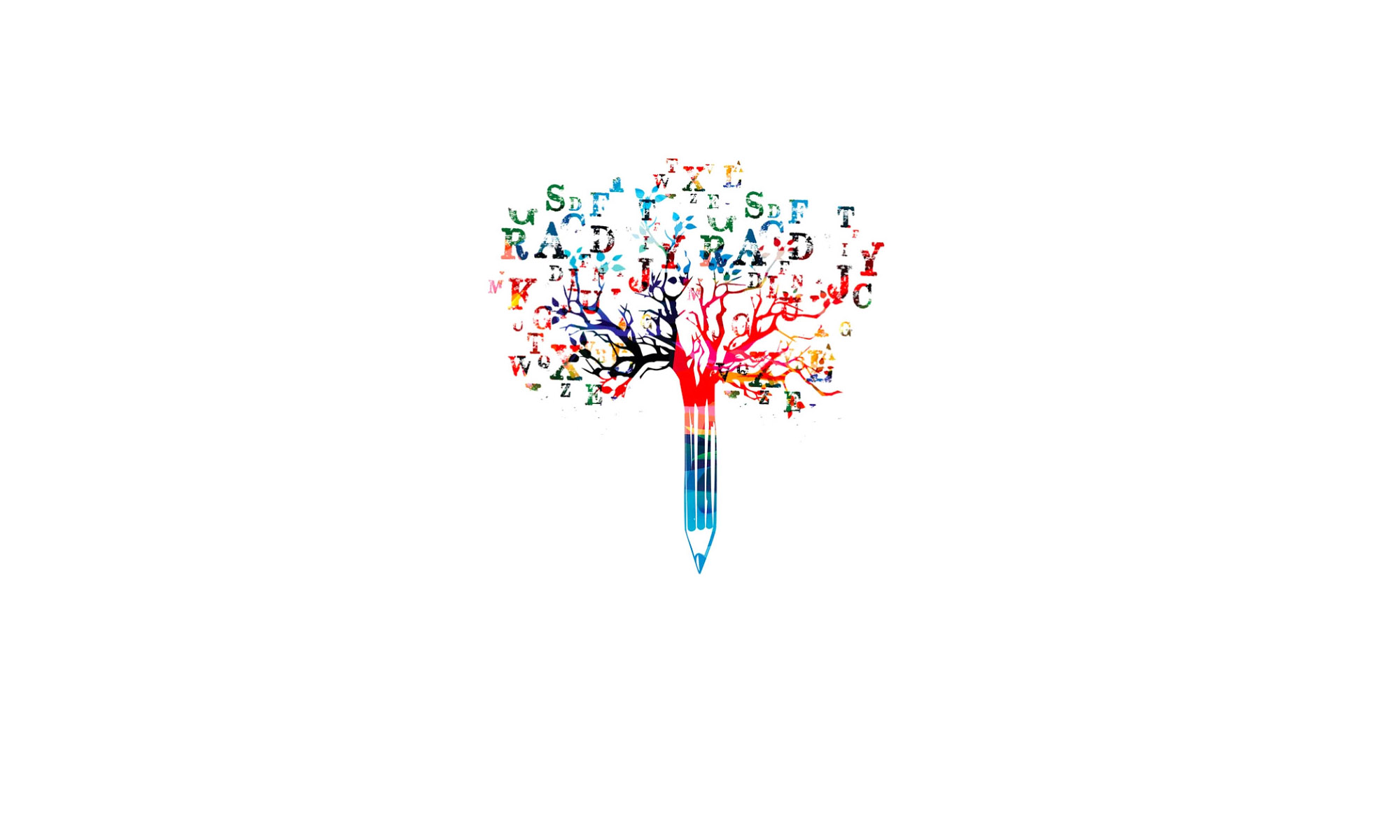Having carefully set up a picture of what ekphrasis is and how it operates, here is where I get to blow it all out of the water!
Consider the greased pig. A bizarre type of country game played on farms or at state fairs, emerged in North America around the mid-1800’s. In this game, contestants, usually children or young adults, chase a greased pig around a muddy field and tried wrestle it into a barrel. With apologies to animal rights activists, this practice has provided me with an excellent image for explaining the slipperiness of ‘ekphrasis’. Definitions are built on what we know about the world at any particular moment. But, as we saw in the last chapter, the world and our view of it is in constant flux. In our case, just when you arrive at a fine and workable term like ekphrasis, the arts change and develop, and suddenly your term falls short. The pig is loose. You start chasing it down again. You try to hang onto it … try to get it back into the barrel.
And here’s where it gets really interesting.
In the earlier chapters, we discusses the fact that ekphrasis evolved from a term referring to the description of any object to the term as we now use it: the representation of existing or imagined works of art in poetry, prose, drama. So we’re all set, right?
Well, actually ……
The problem with this definition is that it assumes that we know what art is. Look at the image below. What do you think? Is this art?

Marcel Duchamp claimed that this urinal, manufactured by Mott and Sons and titled “Fountain”, if placed on the wall of a gallery, constituted an artwork – and here he is defying the very definition of art itself. The artist Beatrice Wood, who recognized the ground-breaking importance of this gesture, wrote:
“Whether Mr Mutt with his own hands made the fountain or not has no importance. He CHOSE it. He took an ordinary article of life, placed it so that its useful significance disappeared under the new title and point of view—created a new thought for that object.”
Duchamp, the ‘enfant terrible’ of the art world, repeatedly challenged traditional ideas about art with his ‘found objects’, in which he took everyday objects (bicycle wheels, for example) and reconfigured these as works of art. In his statement that a ‘stained glass window that had fallen out and lay more or less together on the ground is far more interesting than the thing composed in situ’, Duchamp threw down the gauntlet to traditionalists and his anarchy generated a new idea of ‘art as concept.’ As Jon Man claims, it is this kind of departure from the norm that would “make “Fountain” arguably the most intellectually captivating and challenging art piece of the 20th century.” (see www.artsy.net for full article). This artwork raised – and still raises – many unanswered questions, most importantly: ” What is a work of art and who decides?”
And where does this leave ekphrasis?
Let’s think about everyday ‘fountains’: If I write a poem about just any urinal, but one that I happen to think is particularly beautiful ,and call my poem, ‘Ode to a Commode’, have I written an ekphrastic poem? If not, how about if I hang the urinal on a wall in my home? No? Well, then, if I can convince a gallery to hang it within its hallowed walls, with all of the artistic authority and curatorial backing a gallery would have, then is it art? Now we’re getting closer. Duchamp’s ‘Fountain’, which has since been accepted as a key part of the avant garde movement and is included in what is called ‘the canon’. If I write a poem about it, then it would rightly be called ‘ekphrastic’. My ‘Ode to a Commode’ would not be ekphrastic.
As you can see, the question ‘What is Art?’ naturally raises many questions about our understanding of ekphrasis and it’s objects. James Heffernan argued in Museum of Words (1993) that ekphrasis can best be seen as a ‘verbal representation of a visual representation’. In other words, a painting is a representation of some aspect of the world; a poem about that artwork is a representation of that artwork (twice removed from the original object, the world). As Heffernan puts it: ‘what ekphrasis represents in words must itself be representational’ (Museum, p.4).
As helpful as Heffernan’s definition has proven to be, it seems that the strict definitions we have given to ekphrasis have, in the past, excluded poems written on many genres that have since gained recognition as art. Architecture, for example, has long been considered a generator of objects with only a utilitarian function. Buildings, in other words, cannot be art objects. But in recent years, the notion of architecture -as-art has gained popularity and, indeed, if you look around your city – especially at new structures – you may be convinced that these structures often take on artistic forms that exceed function and carry a referential quality – which is key to Heffernan’s definition.
In May Swenson’s poem “Water Picture”, buildings are transformed into an artwork by seeing them through their reflection in a pond in the park. It is in every way ekphrastic, from it’s title (“Picture”) to abstract images re-configured by water and the upside-down view of the city that reminds one of a Chagall painting:
Water Picture (May Swenson)
In the pond in the park
all things are doubled:
Long buildings hang and
wriggle gently. Chimneys
are bent legs bouncing
on clouds below. A flag
wags like a fishhook
down there in the sky.
The arched stone bridge
is an eye, with underlid
in the water. In its lens
dip crinkled heads with hats
that don’t fall off. Dogs go by,
barking on their backs.
A baby, taken to feed the
ducks, dangles upside-down,
a pink balloon for a buoy.
Treetops deploy a haze of
cherry bloom for roots.
This ekphrastic poem about the city paints an image that can be seen as if being viewed on a canvas. In the following poem, however, the structure is not deformed to become an artwork, but is raised above its everyday function to the level of art. Hart Crane’s poem ‘To Brooklyn Bridge’ (1930) is a more complex example of architecture-as-art and one that is probably very familiar to you. It might be interesting for you to know that this poem has stood at the center of an ‘ekphrastic controversy’ that has made us think again about how architectural objects can rise above their utilitarian label to constitute an artistic genre of their own and an object of ekphrasis. Gisbert Kranz has even given it a special name: architectural ekphrasis.

Hart Crane
How many dawns, chill from his rippling rest
The seagull’s wings shall dip and pivot him,
Shedding white rings of tumult, building high
Over the chained bay waters Liberty—
Then, with inviolate curve, forsake our eyes
As apparitional as sails that cross
Some page of figures to be filed away;
—Till elevators drop us from our day . . .
I think of cinemas, panoramic sleights
With multitudes bent toward some flashing scene
Never disclosed, but hastened to again,
Foretold to other eyes on the same screen;
If you aren’t convinced about the Brooklyn Bridge as an art object, then perhaps you might be happier with The Groningen Museum. In my first encounter with the museum (which was built in my home town and caused a lot of controversy). One of the designers involved in the construction of this museum wrote that the museum represented a shipwreck that had been left as it was.

As far as I know, there are no poems written about the Groningen Museum but I look forward to reading one!
As you can see, the borders around ekphrasis are expanding – as art changes and our attitudes to what constitutes art evolve. There are many other genres that, like architecture, have lurked around the edges of representational art: photography, dance, stage design, music, fashion (yes, fashion) and these will all be considered in my later chapters. Also, in keeping with Duchamp’s anarchy, I will play the enfent terrible and turn the tables on the notion that ekphrasis exclusively applies to poems on artworks. In a later chapter (or two), I will explore the ways in which artworks represent verbal texts. Although officially called ‘illustration’, I have found that these function in much the same way as verbal representations of pictures.
Next chapter: I am painfully aware that I have neglected the topic of Sculpture and ekphrasis. This is the topic of Chapter 8.
